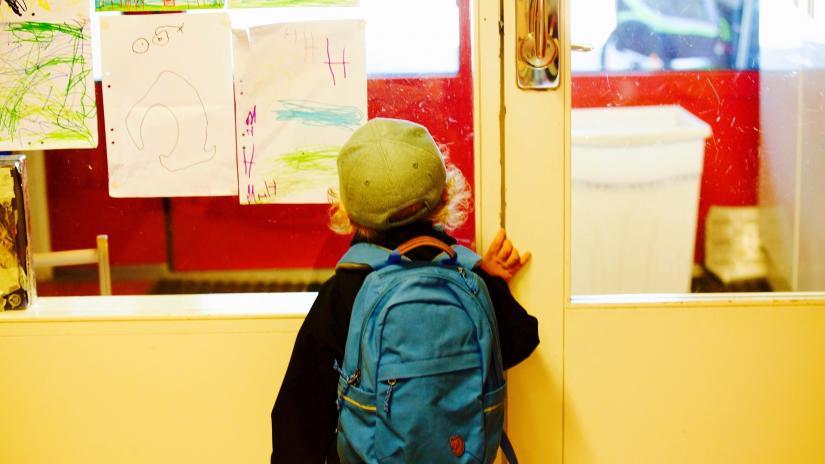Researchers have developed a new school transfer system that could give parents and children a greater choice of schools in the public system.

Image: Pixabay
Researchers have developed a new school transfer system that could give parents and children a greater choice of schools in the public system, and prioritise disadvantaged students to improve student welfare, equity and diversity.
In Australia, local public schools enrol around 60% of all students, with disadvantaged students, including those with a disability and Indigenous students, having a much higher representation.
"While it is possible for students to enrol in ‘out-of-area’ public schools, enrolment caps and ad hoc rules mean in reality it is difficult to get a place at in-demand schools in higher socio-economic areas," says economics Professor Isa Hafalir from the University of Technology Sydney.
“When we effectively limit public school enrolment to where people can afford to live this can entrench disadvantage, making it more difficult to break out of the cycle of poverty,” he says.
A recent paper by Professor Hafalir, together with Associate Professor Fuhito Kojima from Stanford University and Associate Professor M. Bumin Yenmez from Boston College, models the new school transfer system.
“The system identifies places available and allocates according to transparent admission rules that reflect specific policy goals, such as increasing diversity."
Professor Isa Hafalir
The system uses efficient admissions rules to assign students to schools based on specific policy goals, such as increasing diversity and enhancing student welfare, while also ensuring that nobody is worse off.
“In our proposed system, parents and children interested in attending a school other than their catchment school can apply to a central register and list their preferred schools,” says Professor Hafalir.
“The system identifies places available and allocates according to transparent admission rules that reflect specific policy goals, such as increasing diversity," he says.
Each student is matched with either one of the preferred schools they have listed or their catchment school. Hence, no student is worse off by participating.
“The system also ensures a balanced, or near balanced, exchange so that each school receives a similar number of students that it sends to others. This means that a school’s funding, which is based on student numbers, doesn’t drop,” says Professor Hafalir.
There are many reasons parents and students might prefer a school other than their local school, including being close to work or grandparents, specialised programs in areas such as sport, better safety or higher academic results.
In the UK, Europe and the US, public school systems already give parents a greater say, with up to four or five local schools in a catchment area, as well as the opportunity to enrol across school districts.
"Many big cities in the US use school choice systems. These include New York City, Boston, New Orleans, Denver, Washington DC, and Newark. New systems have also been developed in England, Amsterdam, a number of Asian cities, and elsewhere," says Professor Hafalir.
"As a more concrete example, the Achievement and Integration Program in Minnesota compares the ratio of minority students in neighbouring districts and if there is a 20% difference then there is a legal requirement to take part in the program," he says.
Professor Hafalir hopes to work with policymakers in Australia on the potential to implement a fair, equitable and transparent school transfer system to increase school choice and provide better educational opportunities for disadvantaged students.
“Rather than forcing parents into the private school system, and leaving those unable to afford private schooling with little choice than the local school, our system gives students greater freedom to choose a school that better suits their needs,” he says.

